Identifying Hibiscus species/hybrids ?
garden_isle_dave
15 years ago
Related Stories
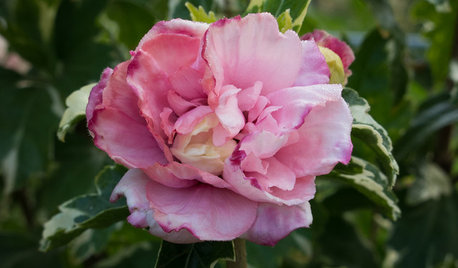
GARDENING GUIDESGreat Design Plant: Hibiscus Syriacus ‘Sugar Tip’
As pretty as a party dress, ‘Sugar Tip’ has layers of pink that catch the eyes of butterflies
Full Story
GARDENING GUIDESGreat Design Plant: Amelanchier Signals Spring With Airy White Blooms
With roughly 20 species of serviceberry native to the U.S., bees can feed on the early-season blooms while birds enjoy the summer berries
Full Story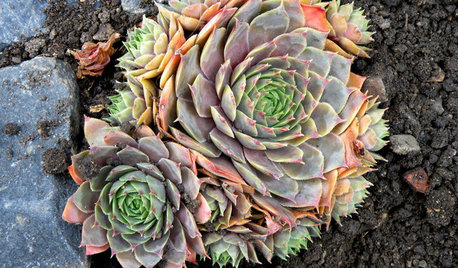
GARDENING GUIDESGreat Design Plant: Hens-and-Chicks
Plant Sempervivum succulents for fuss-free garden color and character all year
Full Story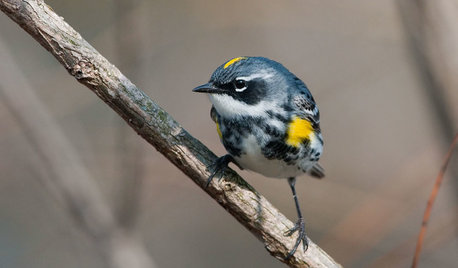
GARDENING GUIDESBackyard Birds: The Wonder of Warblers
These small, dynamic birds call North America home, with the yellow-rumped warbler flocking to every U.S. state
Full Story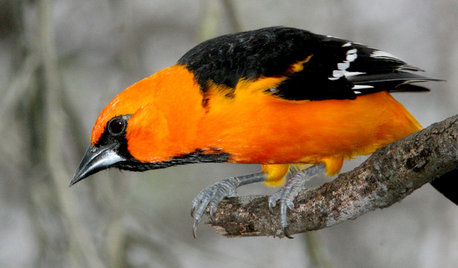
GARDENING GUIDESBackyard Birds: Orioles Return After Spending Winter in the Tropics
These colorful songbirds prefer woodlands and forest edges, but they’ll visit yards with fruit-producing trees and shrubs
Full Story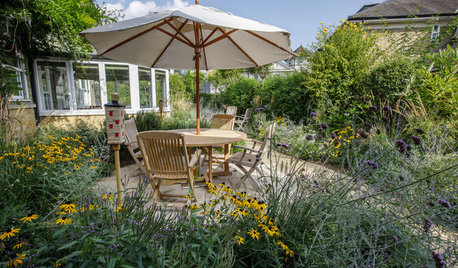
LANDSCAPE DESIGN4 Tips for Creating a Small Garden That Welcomes Wildlife
Win over birds, bees, butterflies and neighbors with these design strategies
Full Story
FALL GARDENING6 Trees You'll Fall For
Don’t put down that spade! Autumn is the perfect time for planting these trees
Full Story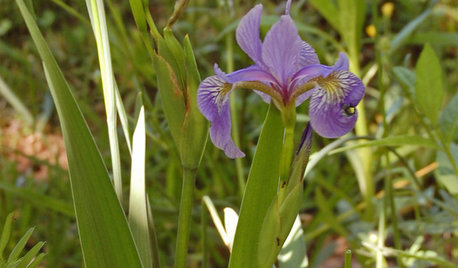
GARDENING GUIDESGreat Design Plant: Iris Versicolor
A versatile native iris for bridging wet and dry gardens
Full Story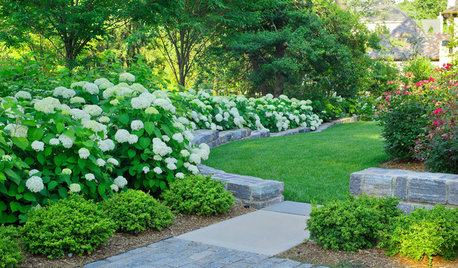
FLOWERS AND PLANTS10 Essential Shrubs for Mid-Atlantic Gardens
Easy-to-grow mid-Atlantic native shrubs celebrate the character of the region
Full Story
GARDENING GUIDESAttract Hummingbirds and Bees With These Beautiful Summer Flowers
Roll out a welcome mat for pollinators to keep your landscape in balance and thriving
Full Story





Embothrium
pueokai
Related Professionals
Londonderry Landscape Architects & Landscape Designers · Chattanooga Landscape Architects & Landscape Designers · Paradise Landscape Architects & Landscape Designers · Pottstown Landscape Contractors · Wake Forest Landscape Contractors · Beverly Hills Landscape Contractors · Bridgeview Landscape Contractors · Long Beach Landscape Contractors · Lynwood Landscape Contractors · Mahwah Landscape Contractors · Melrose Landscape Contractors · Point Pleasant Landscape Contractors · Tewksbury Landscape Contractors · Hawaiian Gardens Landscape Contractors · Shenandoah Landscape Contractorsgarden_isle_daveOriginal Author
garden_isle_daveOriginal Author
nicolai